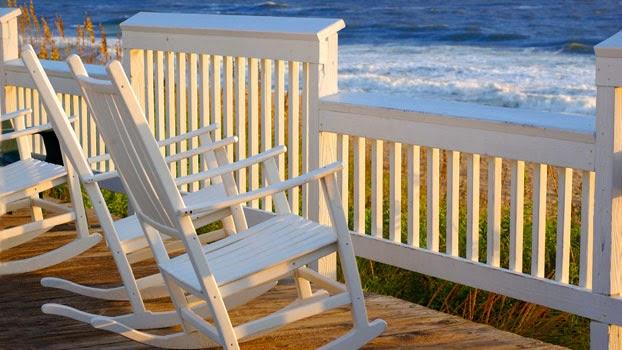When you moved into your “55+ community,” you might have intended to stay for the long haul. But plans change — and if you’re now looking to sell your property in a retirement community, you probably want to save money on the deal.

Real estate agents typically take 5% – 6% of the sale price, which could mean as much as $15,000 in commissions on the sale of a $250,000 house. Listing your home as “for sale by owner” could help you cut down on costs because you won’t have to pay the buyer’s agent. But there are some extra steps you’ll need to take when selling in an active-adult community. Here’s what you need to know.
Most communities that cater to older homeowners are deed restricted, which means there are clauses that limit how you can use your property. Check with your homeowners association for details. Your community might have rules surrounding who can buy your property, such as:
Age is usually the most important restriction. That’s because at least 80% of owned units in a 55+ community must be occupied by at least one homeowner who’s 55 or older, according to the U.S. Department of Housing and Urban Development.
Coming up with a listing price is something of an art form: You want to make enough from the sale to pay off your mortgage balance and pocket the profits, but you also want to set the price low enough to attract enough buyers or set up your listing for a bidding war.
Generally, you’ll attract more buyers to an age-restricted community if you live in an area with a large population of seniors. In 2018, more than half the 65+ population was concentrated among California, Florida, Texas, New York, Pennsylvania, Ohio, Illinois, Michigan and North Carolina.
But you don’t have to live in one of these states to net a good selling price. Start by researching recent sales of comparable homes in your community. The homes should have the same number of bedrooms and bathrooms and a similar square footage.
Calculate the average cost per square foot. For example, if a home measures 1,500 square feet and sold for $250,000, then it cost $167 per square foot. You can also use free online resources to determine your home’s value or scour local tax records for recent sales data. Use all of this information to guide your listing price.
You also stand to get top dollar if you list your home when more people are hunting for properties. In most areas of the U.S., the best time to sell is during the first two weeks of May. Listings go for about 6% more at this time of year, and homes sell 18.5 days faster than any other month.
Once you set a price for your home, it’s time to prepare your home for potential buyers and put it on the market. To make your home more attractive to buyers, take some time to:
Next, write a property summary and create a property flyer. It should highlight the features of your retirement community and help buyers imagine what it would be like to live there. You can hand these out to your open house guests or use them while marketing (more on that below). The flyer should include these details:
When marketing your home to prospective buyers, you’ll need to go where your buyers are — while following your community’s rules. Here are some ideas:
You might need to schedule private listings or host a few open houses before you receive offers. From there, you can negotiate the selling price, sign a purchase and sale agreement, and speed toward closing day.